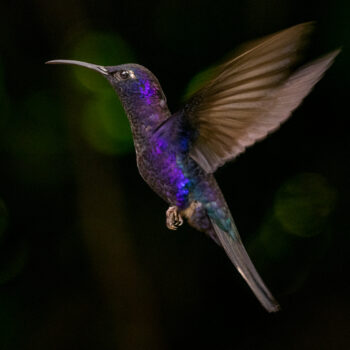
I have been passionate about photography all my life. Professionally, my first career was as a fashion photographer which I retired from after 20 years. I spent the following 20 years developing real estate. Then I retired from real estate and went back into photography, but this time the beauty was all about the birds. I have never been much of a tech geek and have always tried to keep things simple. It has always been about the beauty, whatever the subject.
So, it is no surprise that for the last 4 or 5 years I have basically used the same equipment and not varied my technique very much. The Nikon D850 with the 500 mm 5.6 PF lens is the combination that works fabulously for me. With close to 50 megapixels the resolution is amazing and because of that high resolution, I must be careful of noise. I set the high ISO limit to not exceed 2500. I also have a D5, that is my back up camera and I will on occasion use, if I must have a higher ISO. As you will see in the following pictures my goal is to have a depth of field as shallow as possible. To accomplish this, I only stop my lens down ½ to 1 stop at the most.
Camera Settings for the Best Bird Photography
In camera settings, everything is a compromise toward achieving your goal. With shutter speed, in most cases I am trying to stop action. The compromise here is ISO. The lower the ISO, generally speaking, the better the resolution. The answer to these questions is trial and error, experience, and repetition.
This will make the foreground and background blur quite a bit, thus making your bird stand out with pleasing blurs and often with gorgeous blended colors as in these photos. That is why I spend so much time and effort to make the background so attractive. Since I am handholding a relatively light camera and I can move around easily and often position the bird, so the background is perfectly located in the photograph. The following are a few more photos where I moved around small amounts so I could place the background in the ideal spot to highlight
the bird to the optimum. They are some of my favorites, and I hope to offer some technical insight to how I created them to any budding nature photographers looking for tips. It is true, usually, you do not have much time to adjust your composition by moving around, but after you get a few good shots, you should keep shooting and work to improve it.
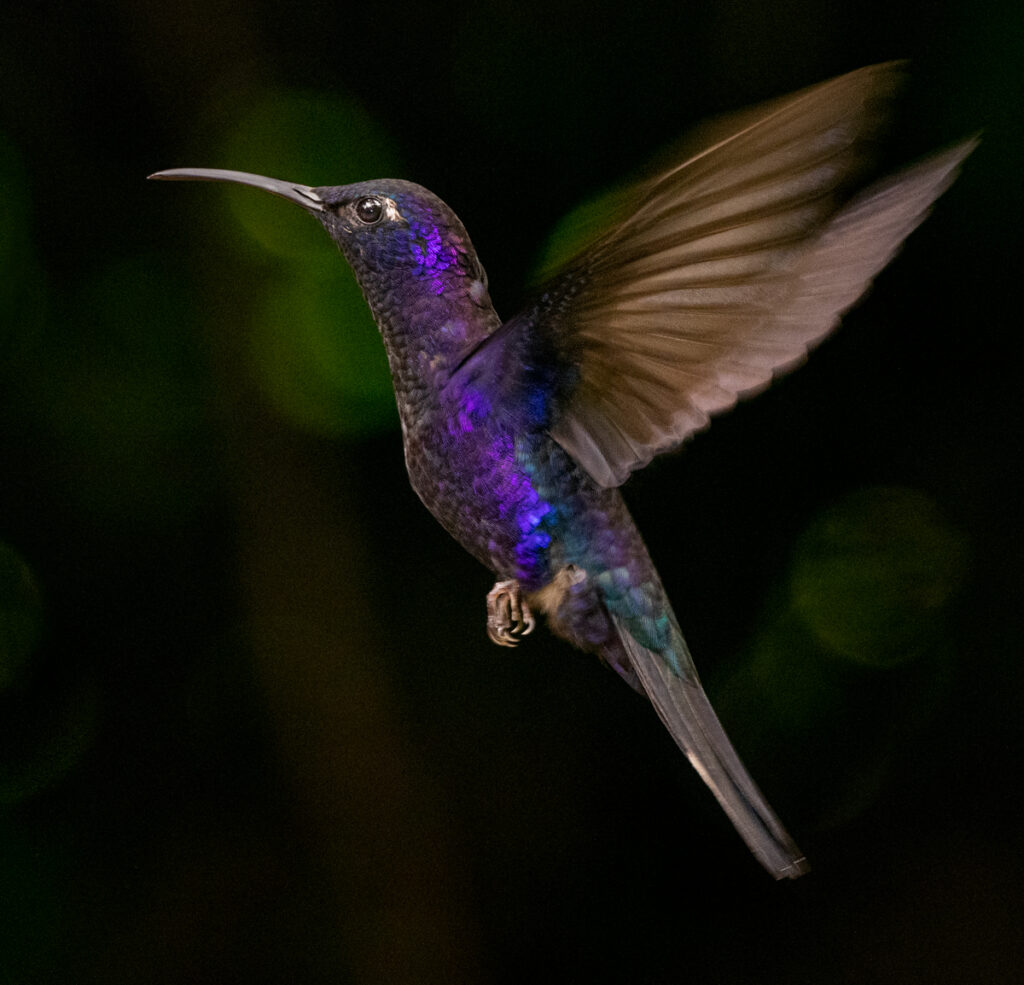
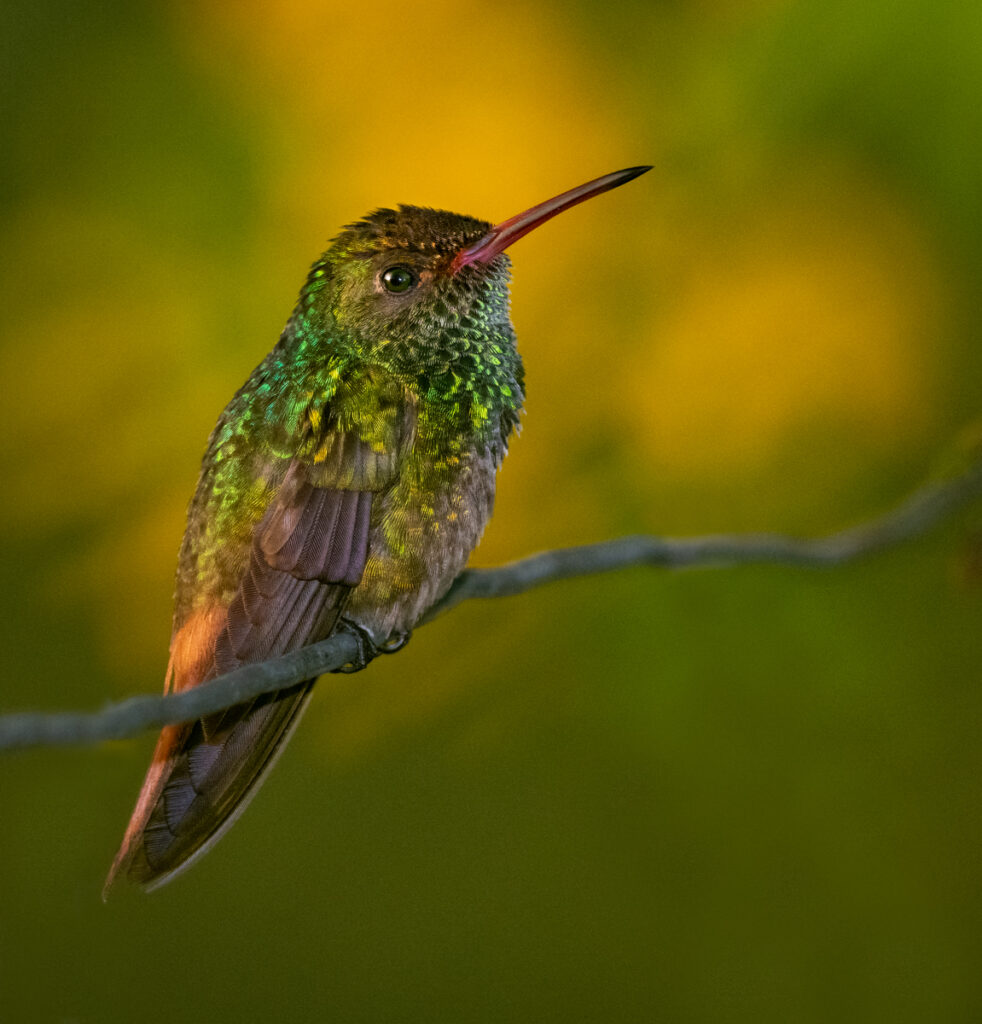
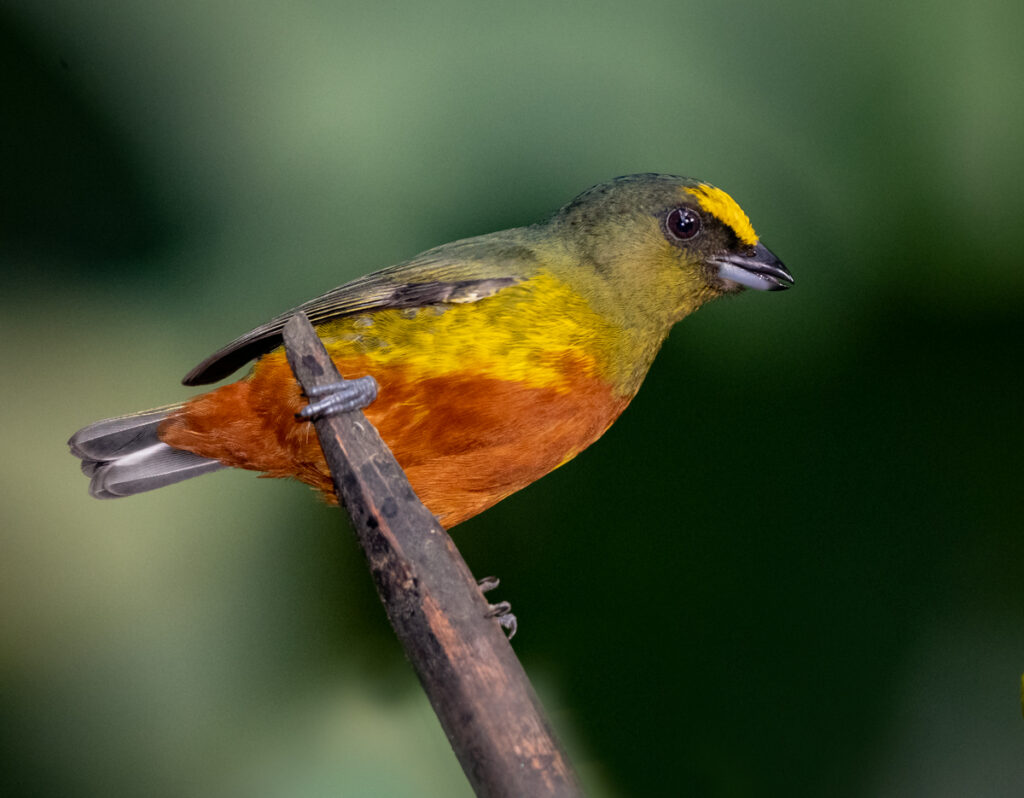
This Violet Sabrewing and the Rufous-tailed hummingbird was at a feeder and as I am sure you know, it feeds for a second then pulls back and repeats again and again. I adjusted my position so that just the right amount of highlight could be seen in the background and line the bird up so the background was very dark, and the bird would glow.
This Rufous-Tailed hummingbird made it a little easier for me since it was sitting on this wire just long enough so I could position this hot glowing background just where I wanted it. The same for the Olive- backed Euphonia.
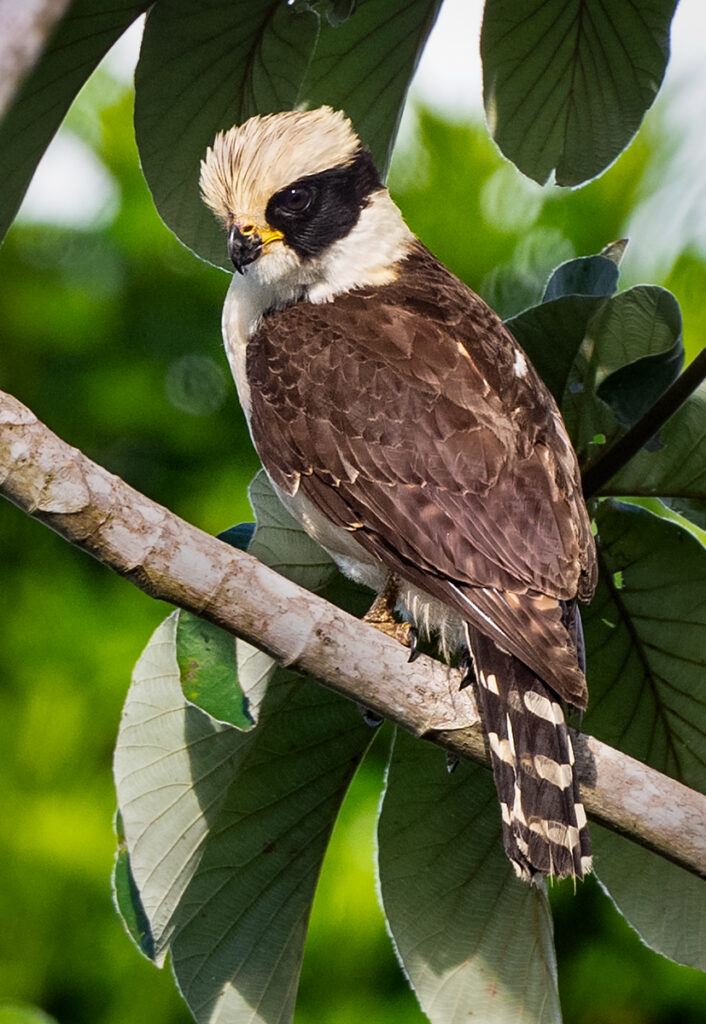
This Laughing Falcon presented another challenge. That black and white head was often in a poor position to get separation from the background. About as close as I could get to him was maybe 150 feet, and when I positioned him as I did in this photo, I got just the separation I was hoping for.
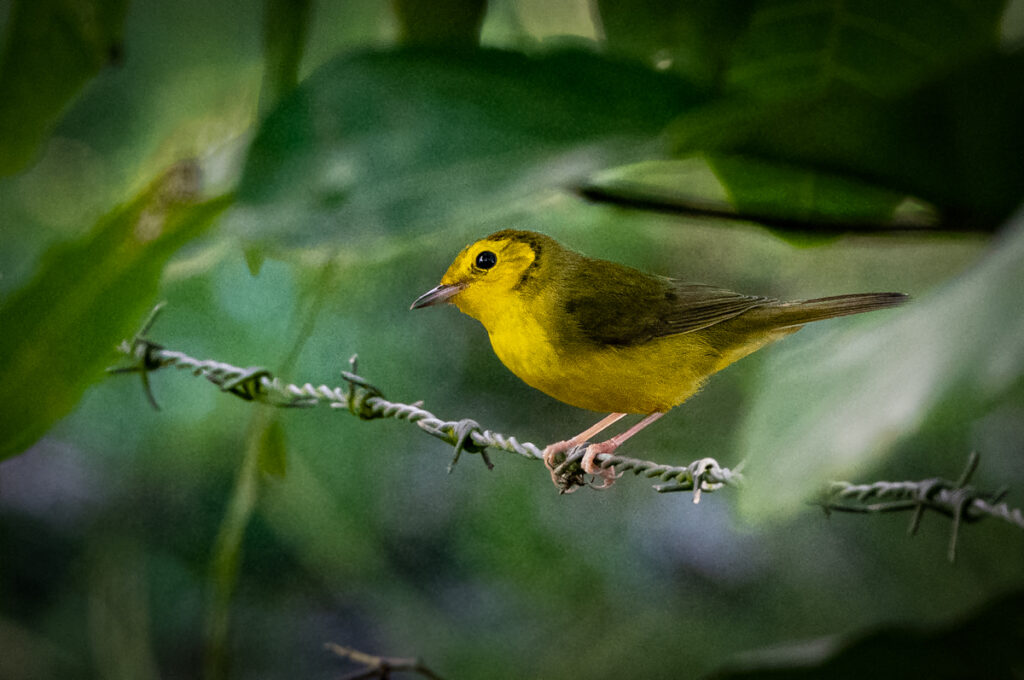
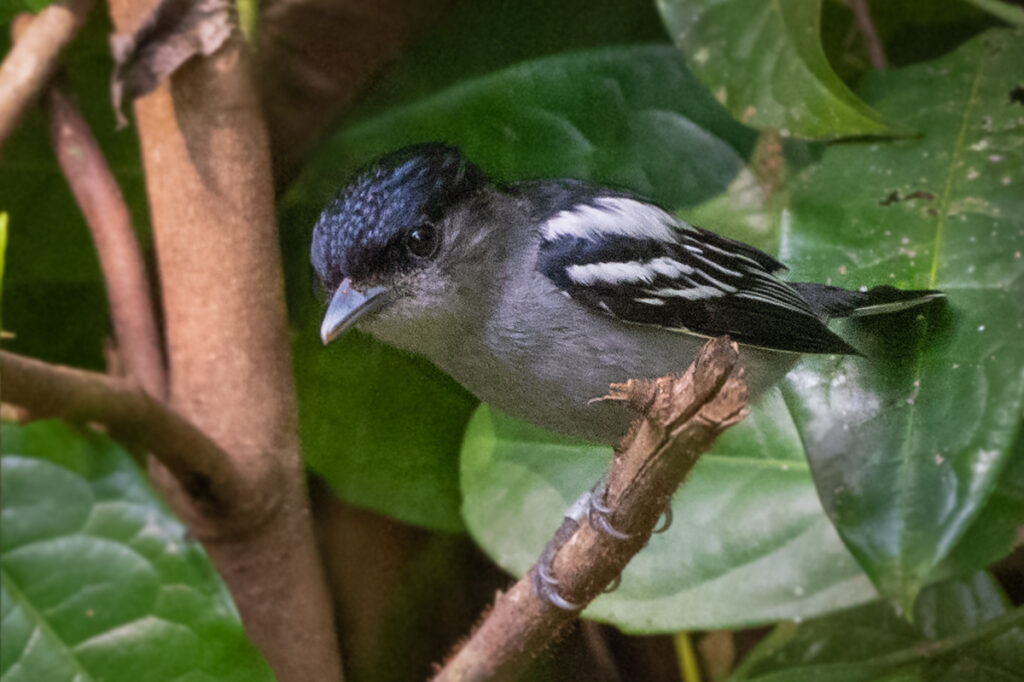
For this Hooded Warbler and White-winged Becard, I managed to move into a position where it felt like the bird was in a secluded cave-like area.
Backgrounds That Make Wildlife Photography Real Works of Art
One of my favorite things to do is to create a background, if I can, that is a work of art on its own. By hand holding the camera this becomes much easier to accomplish. The following two Snail Kite photos are interesting and engaging because there is some body movement where the one bird is about to take off and the other one is about to enjoy a gourmet meal of snails.
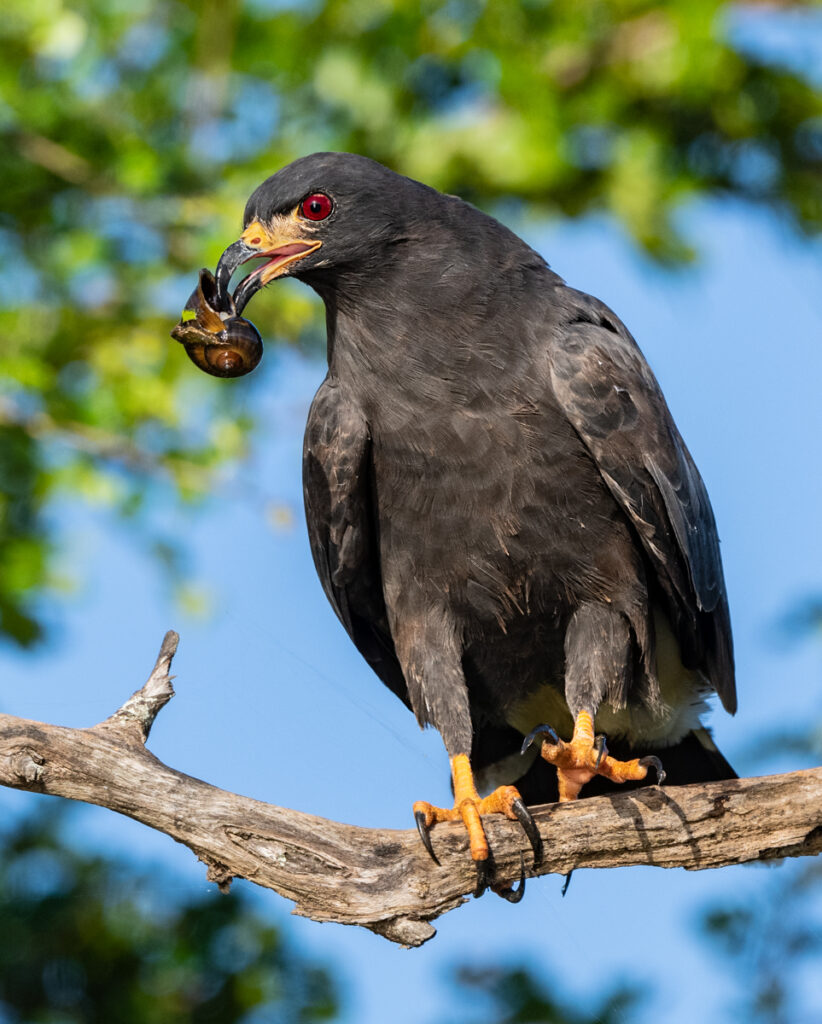
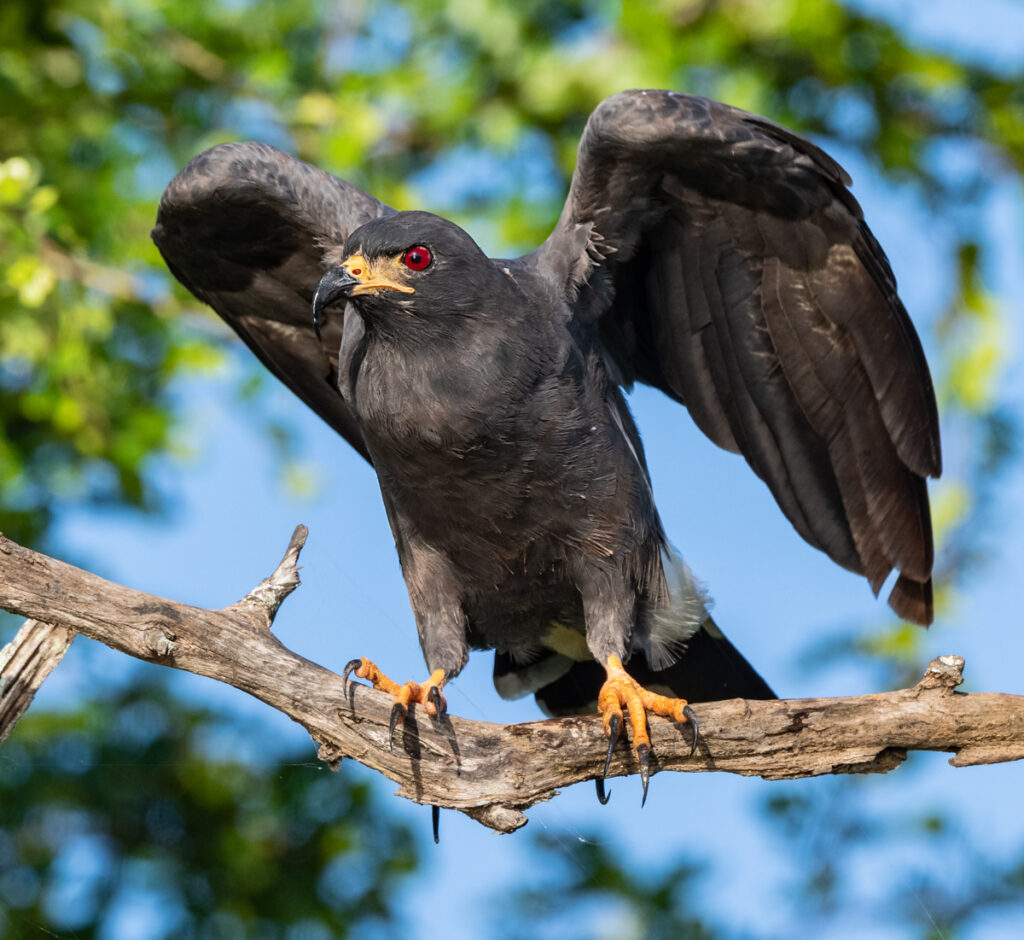
These two Golden-Fronted Woodpecker photos I find very pleasing and engaging because I like the body movement, heads turning and the atmosphere of the beautiful clean backgrounds.
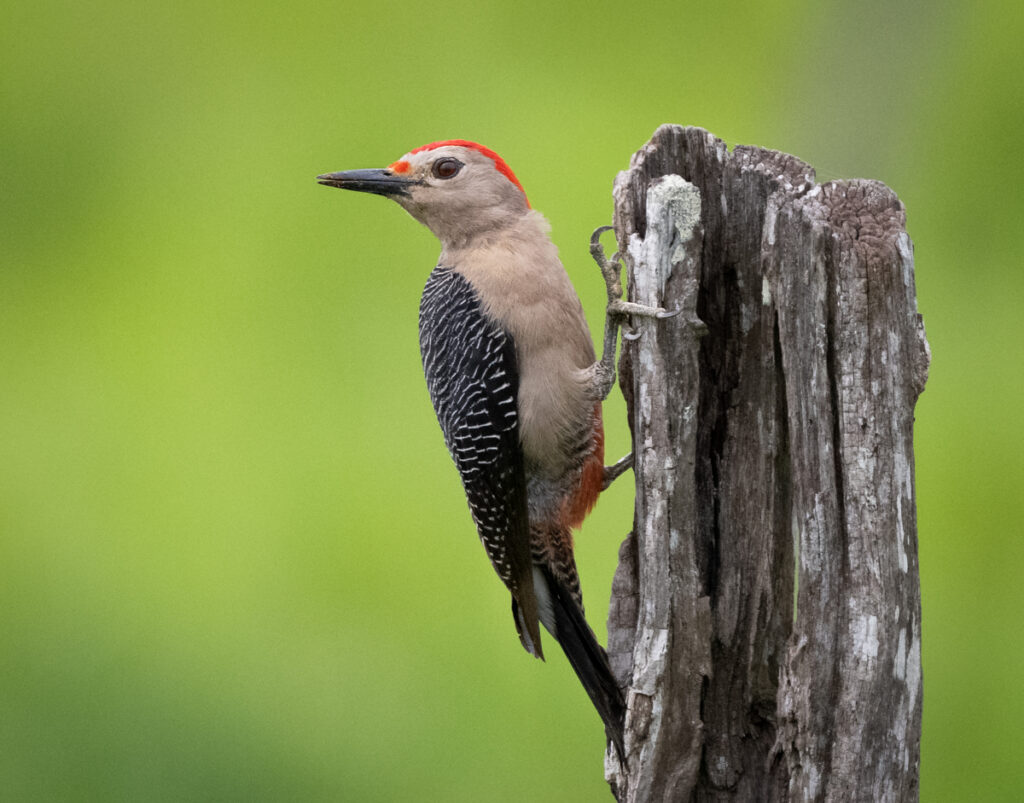
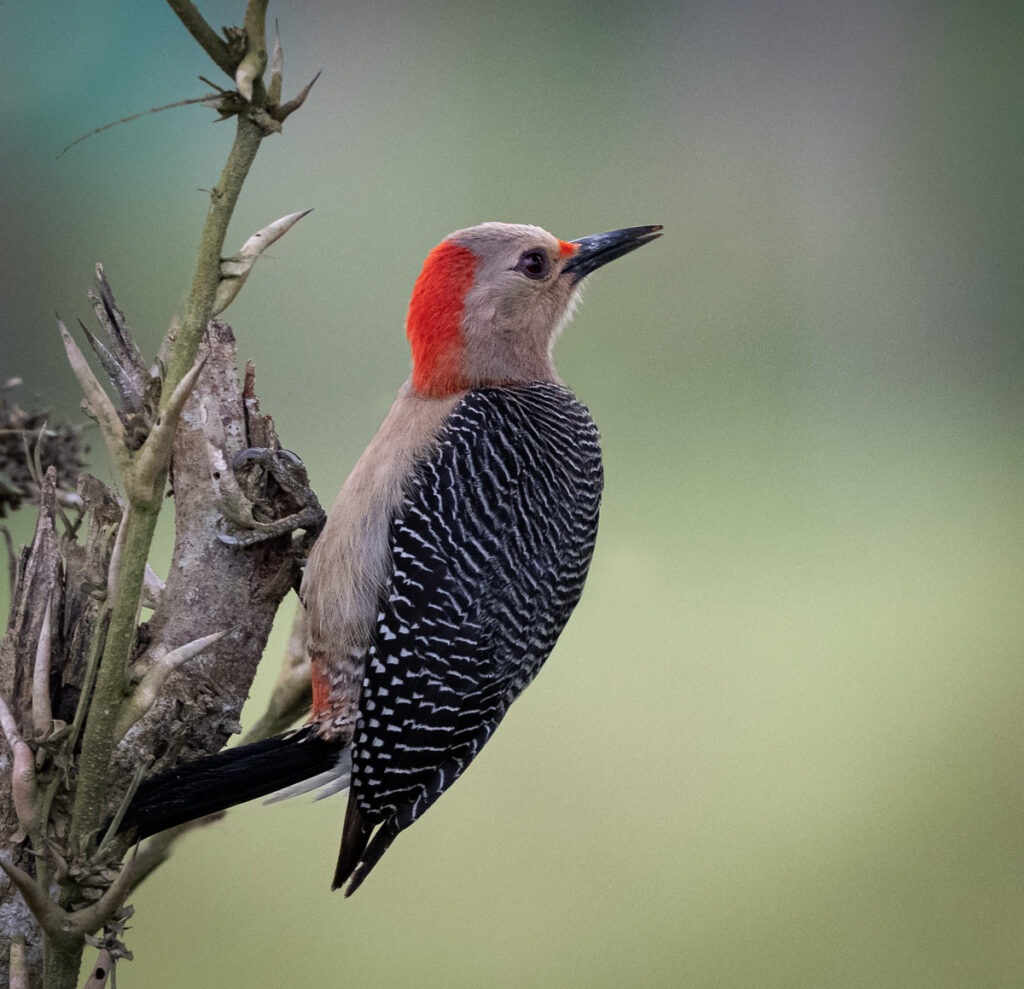
This photo of the Lesser Yellow-headed Vulture I find very regal, because he appears to be sitting on a throne with a head turn that gives it a wonderful attitude. The entire environment I find captivating.
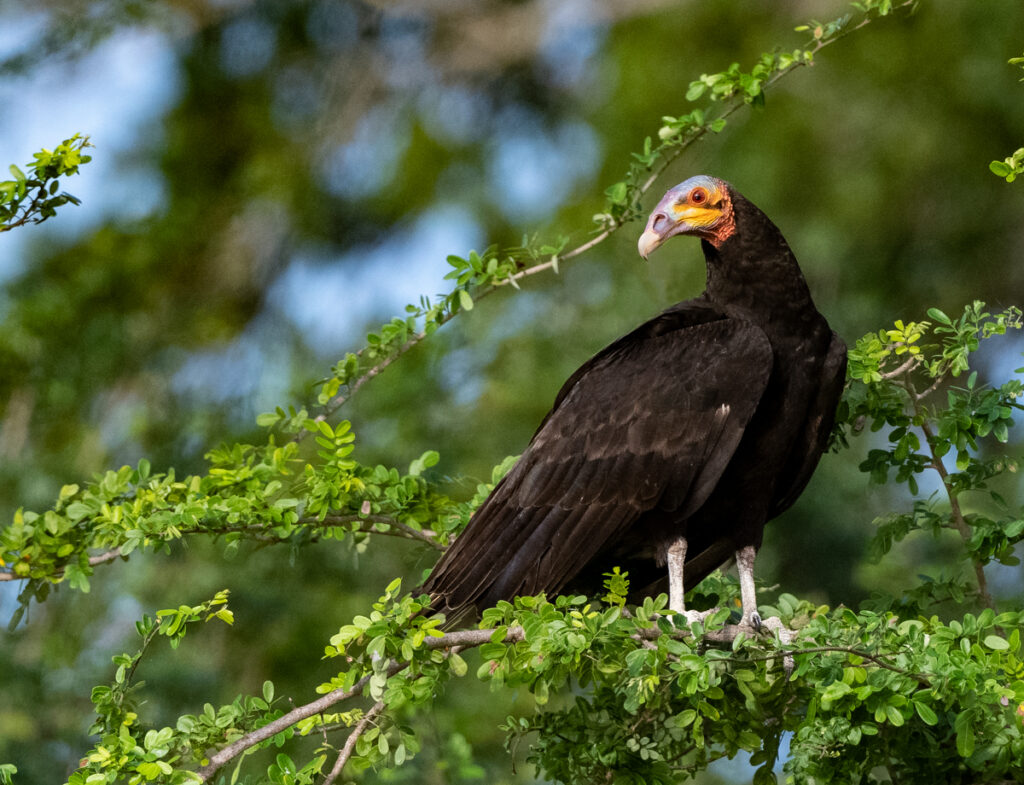
The Gartered Trogon had presented itself with a perfect profile, enabling me to capture it in perfect sharpness with all the detail I could hope for in one photograph, however when I first started shooting this trogon, he was sitting on a different branch that wasn’t anywhere as nice as this one. I kept trying to improve my position and angle. Then after 20 minutes or so he moved to this branch and I got my shot. You just have to be patient and not give up, and often you will be rewarded.
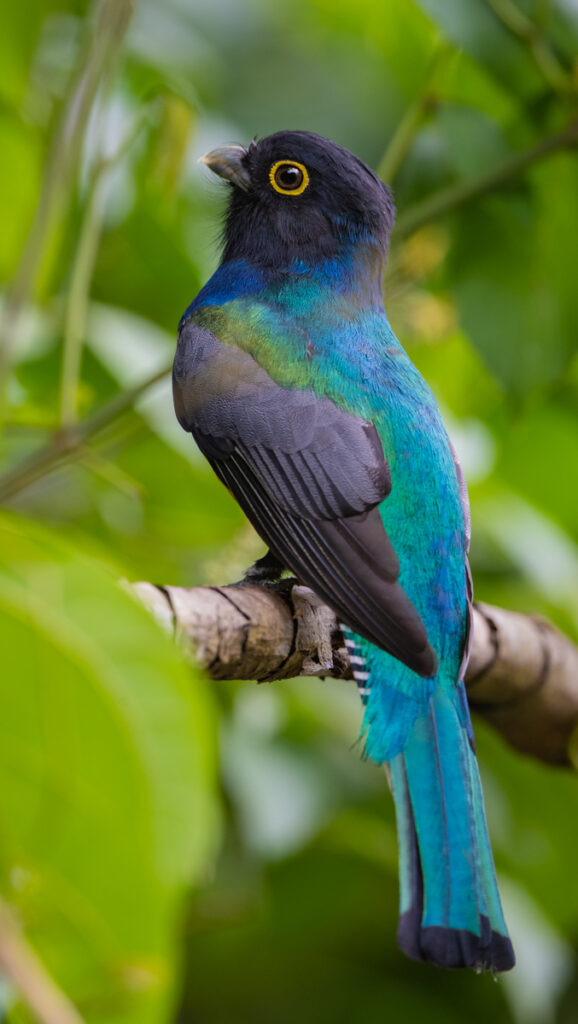
Photographing birds just takes a bit of patience, some thought, some movement, and some of the right equipment. Pay attention to your backgrounds, and you may get the shot of a lifetime.


